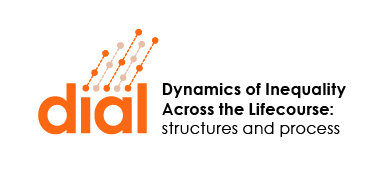Gender segregation in higher education (GSHE) is recognized as a key factor to explain the persistence of gender inequalities in the labor market despite the reversal of gender gap in educational attainment. Women are systematically overrepresented in fields of study, such as social sciences and the humanities, which offer relatively poor labor market prospects; at the same time, they are underrepresented in fields that perform above the average, as engineering and ICT. Several explanations for GSHE have been proposed in the literature, but their explanatory power has to be assessed yet. Using a rich longitudinal dataset on a recent cohort of Italian upper secondary school leavers, in this paper we jointly test seven potential mechanisms for GSHE. Our results show that rational choice explanations—such as skill-based explanations and gender differences in career preferences—fail to account for GSHE. On the contrary, expressive motivations related to preferences for school subjects and for specific occupations are found to mediate to a significant extent GSHE. However, our most important result concerns the key role of curricular track choice at upper secondary level which, alone, mediates two third of the gender difference in access to the humanities and social sciences and one third of the gender difference in access to engineering and ICT.
